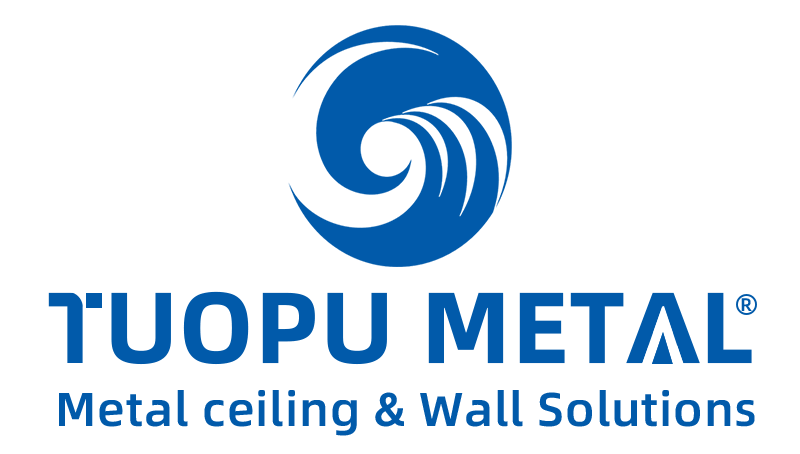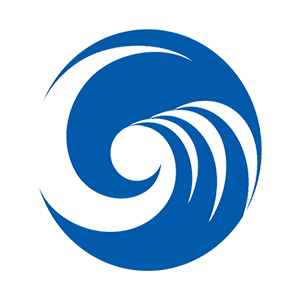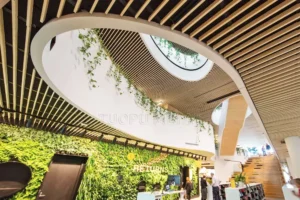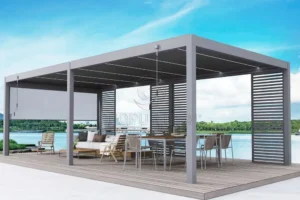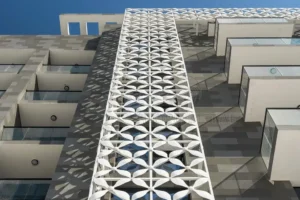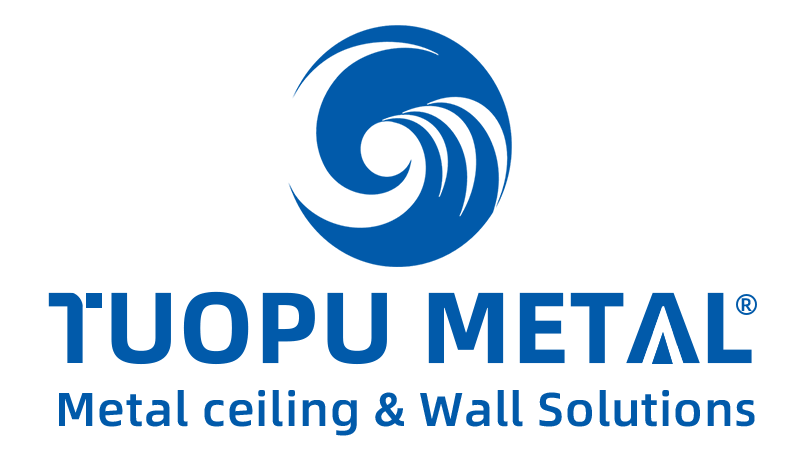In the dazzling world of aluminum building materials, two acronyms often steal the show: ACM and ACP. They may look like twin siblings at first glance, but trust me — they have very different personalities.
- ACM (Aluminum Composite Material): Heavier, pricier, but a champion in fire resistance — think of it as the armored knight of building panels.
- ACP (Aluminum Composite Panel): Lightweight, budget-friendly, and about as fireproof as a marshmallow at a campfire.
This guide is for architects sketching their next masterpiece, contractors planning the next big build, and procurement officers trying to avoid buying the wrong thing and hearing about it forever.
Buckle up — we’ll break down the 10+ major differences you need to know, from technical specs to procurement strategies. Let’s dive in!
Definitions & Composition
ACM stands for Aluminum Composite Material. It also has two layers of aluminum on the outside. But the core is different. Instead of regular plastic, ACM uses a fire-resistant material. A common choice is mineral-filled polypropylene. This core is heavier than PE, but it gives the panel much better fire performance. ACM is a good choice for projects that must meet strict fire safety rules. High-rise buildings, schools, and hospitals often choose ACM for better protection.
ACP stands for Aluminum Composite Panel. It is made by putting two thin layers of aluminum on the outside with a polyethylene (PE) core in the middle. The PE core is a type of plastic that feels very light. The density of this core is about 0.9 grams per cubic centimeter. Because of this structure, ACP panels are very easy to carry and install. They work well for regular building projects where fire resistance is not the top concern. You can often see ACP used in low-rise buildings, shop signs, and interior decorations.
Both ACM and ACP look similar on the outside. It is the inside core that makes a big difference. With ACP’s polyethylene core being lighter and less fire resistant, while ACM’s fire resistant core improves safety but may add weight.
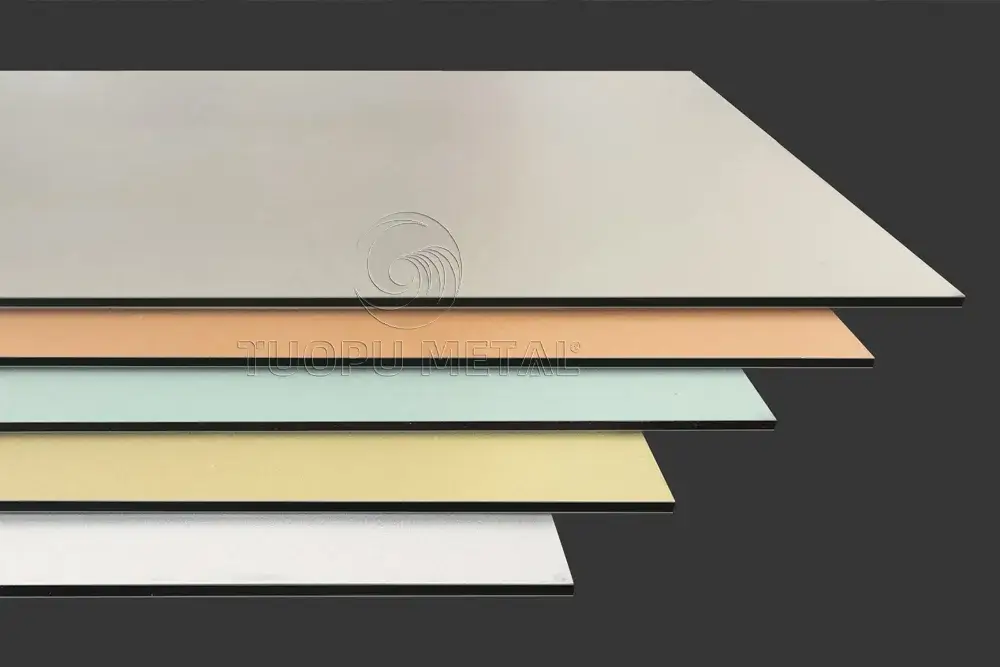
Key Performance Comparison
Fire Resistance
One big difference between ACP and ACM is fire resistance. ACP has a polyethylene core. This material burns easily. The fire rating for ACP is usually ASTM E-84 Class C or lower, and EN 13501 Class B or C. Because of this, ACP is not safe for places with high fire risk. It should not be used in high-rise buildings, hospitals, or airports.
ACM has a mineral-filled core. This core does not burn easily. ACM can meet US Class A or B standards and European Class A2 standards. It is much safer in case of fire. This is why architects often pick ACM for schools, hospitals, and tall office towers.
For example, it is reported that ACM is selected for projects with strict fire codes, such as educational institutions, because of its fire resistance capabilities.
Durability
Both ACM and ACP use aluminum layers on the outside. Aluminum does not rust and can last more than 30 years with proper care. It handles rain, wind, and sunlight very well. ACM has an extra edge because the mineral core helps the panel stay more stable over time. This can be important for buildings that must stay strong for decades.
Weight
ACP panels are very light. One square foot weighs about 2.5 pounds. This makes handling and installing ACP easy and fast. ACM is a little heavier because of the mineral core. Even so, ACM is still much lighter than solid aluminum sheets. This keeps the load on the building structure low.
Cost
ACP is cheaper. It fits well for projects where the budget is tight. It gives a clean look without high costs. ACM is more expensive. The fireproof core and extra safety checks during manufacturing raise the price. However, ACM can save money in the long run by lowering fire risk and avoiding future problems.
Installation & Maintenance
Both ACP and ACM are installed in similar ways. Panels can be fixed on-site or prepared in the factory ahead of time. Installers will not see much difference during work. For ACM, it is important to keep the core sealed and protected during and after installation. Both panels are easy to clean with water and mild soap. ACM panels might need more regular checks to make sure the fireproof layer stays in good shape.
Aesthetics
Both ACM and ACP offer great looks. They come in many colors and textures like matte, metallic, wood grain, or stone. Designers can pick the right style to match any project. The outside finishes are similar, so most people cannot tell the difference just by looking.
Application Scenarios
ACM (Aluminum Composite Material):
- High-rise buildings:
Recommended for tall structures where fire safety is critical.
Helps meet stricter building codes for fire resistance.
- Hospitals:
Necessary for healthcare environments that must ensure maximum safety for patients and staff.
- Schools:
Used in educational buildings where high fire protection standards are required.
Provides long-term safety and stability for public use areas.
ACP (Aluminum Composite Panel):
- Low-rise buildings:
Suitable for structures where fire protection standards are less strict.
Commonly used in residential houses, small offices, and retail shops.
- Interior decoration:
Ideal for indoor wall cladding, ceilings, and partitions.
Lightweight material makes installation easy and fast.
- Commercial signs:
Widely used for advertising boards and shopfront signs.
Offers a cost-effective and colorful solution for visual displays.
Other Key Dimensions
Environmental Impact
The use of polyethylene (PE) in the core of ACP pans suggests that their production process is derived from ACP which is a result of petroleum. This showcases the high energy costs to manufacture ACP products. Compared to other more environmentally friendly materials, the damages caused to the environment are more significant. On the other hand, ACM panels employ a core made of mineral-filled materials, which is an improvement in sustainability. The aluminum casing is also recyclable, therefore making ACM more suitable for environmentally friendly projects.
Legal and Regulatory Concerns
ACM Panels have been developed to comply with rigorous fire protection regulations. They abide by fire safety regulations like US International Building Code (IBC) and also European EN standards. These certifications make ACM appropriate for projects where safety is a major concern. In contrast, ACP panels tend to have restrictions in specific regions. Some regions have banned the use of ACP in high risk buildings because of its lower fire resistance capabilities. It is important to verify local guidelines regarding ACP for structures that mandate high fire safety standards.
Thermal & Sound Insulation
Both types of panels, ACP and ACM, are thermally insulating. The components in both types are capable of minimizing heat transfer. Nevertheless, ACM’s mineral core material provides greater value since it mitigates heat transfer more effectively than improves cooling and heating of indoor spaces. ACM specializes in sound insulation. With its high-density core, noise reduction is substantially better, making these panels perfect for soundproofing in sensitive areas such as educational facilities and health care institutions.
Design Flexibility
Both ACM and ACP offer excellent design flexibility. Both ACM and ACP can be:
- Cut
- Bent
- Routed
- Curved
This offers flexibility to designers for the creation of distinctive and custom made facades or interiors. The panels can also be produced in nearly any color, finish, and texture which widens the scope of aesthetic appeal. Both materials are equally capable of achieving sleek modern or traditional looks allowing endless design possibilities.
| Dimension | ACM | ACP |
| Core Material | Mineral-filled core (e.g., mineral-filled polypropylene) | Polyethylene (PE) |
| Fire Rating | Higher (fire-resistant) | Lower (flammable) |
| Weight | Slightly heavier | Light |
| Cost | Higher cost, but better fire safety | Low cost, ideal for budget-sensitive projects |
| Environmental Impact | More environmentally friendly (recyclable aluminum) | Higher carbon footprint (petroleum-based core) |
| Regulatory Compliance | Meets strict fire safety regulations (US IBC, EN) | Restricted in some regions, banned in high-risk areas |
| Thermal Insulation | Better thermal performance | Effective, good for general insulation |
| Sound Insulation | Better soundproofing | Good, but less effective than ACM |
| Durability | Enhanced stability, especially due to fire-resistant core | Corrosion-resistant, lasts over 30 years with proper care |
| Installation & Maintenance | Requires care to protect fireproof core, regular inspections needed | Easy to install, low maintenance |
| Design Flexibility | High | High |
Tuopu Metal is a professional manufacturer of exterior wall panels. If you have more questions about ACM and ACP, please contact our professional team to answer your questions. You are also welcome to consult us on project procurement.
